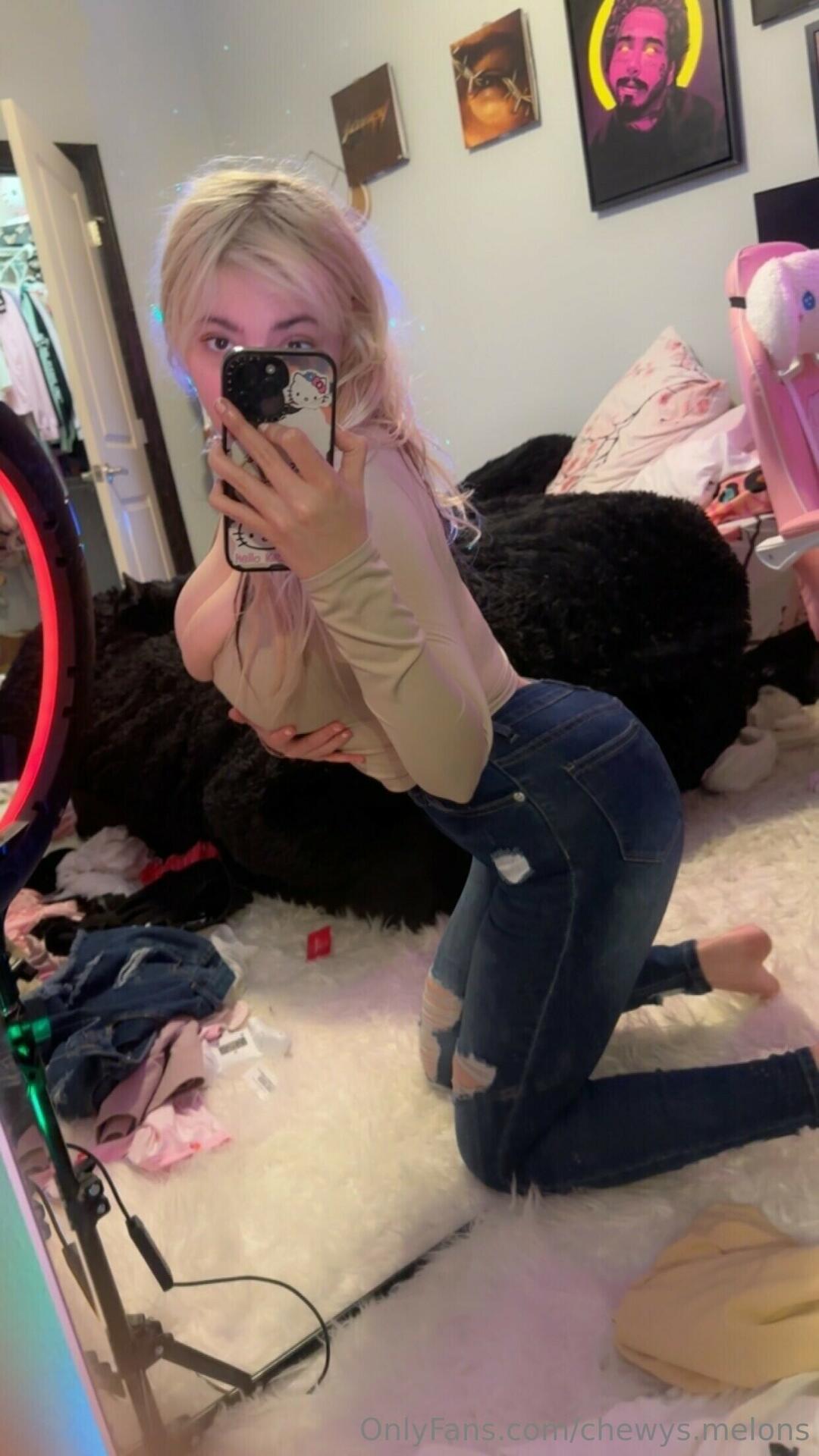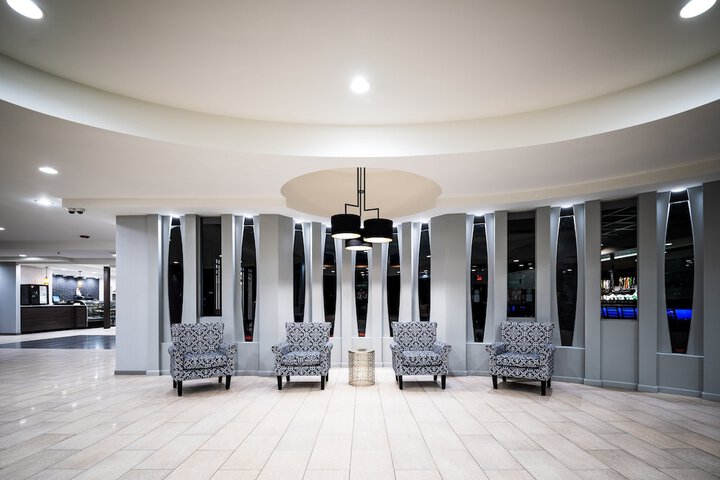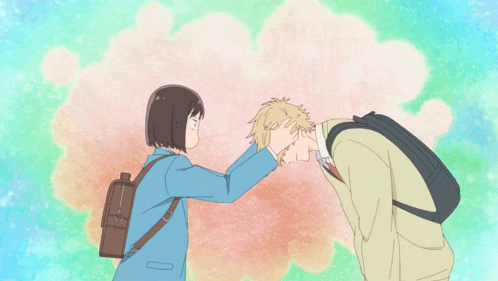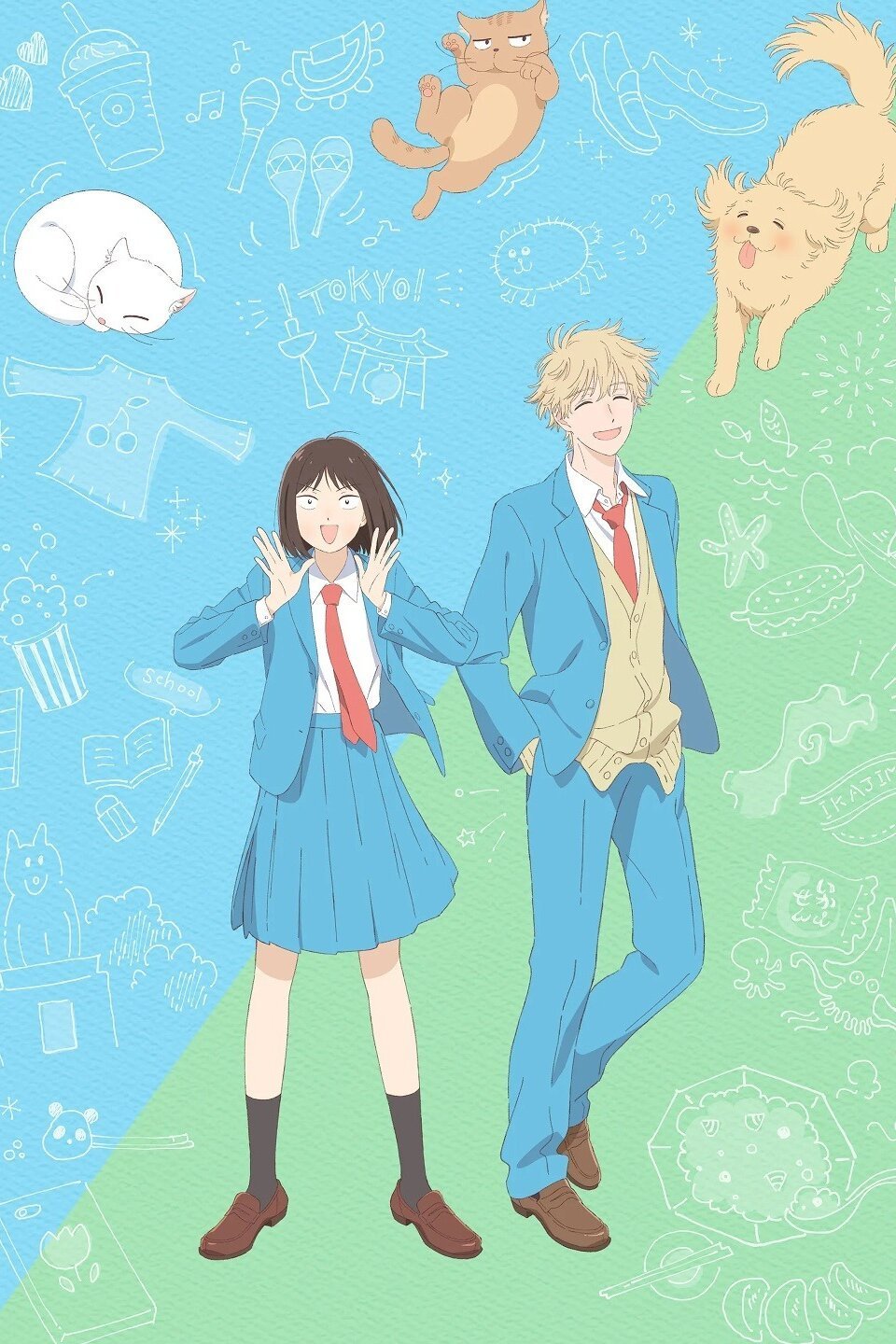Skip

The world of art is a vast and captivating realm, with its intricate history and diverse forms shaping cultures and influencing societies. Among the myriad artistic disciplines, digital art has emerged as a transformative force, redefining traditional artistic boundaries and opening up new avenues of creativity and expression. This article delves into the dynamic world of digital art, exploring its evolution, techniques, and the profound impact it has had on the art world.
The Evolution of Digital Art: A Technological Revolution

Digital art, as a distinct artistic genre, has its roots in the mid-20th century, coinciding with the advent of digital technologies and computer graphics. The journey of digital art began with pioneering artists experimenting with early computer systems, creating abstract and often surreal images that challenged conventional artistic norms. These early explorations laid the foundation for what would become a revolutionary art form.
The 1980s marked a significant turning point with the introduction of personal computers and graphic software, empowering artists to create digital masterpieces with relative ease. Artists like Andy Warhol embraced this new medium, blending traditional artistic skills with digital tools to create iconic works that captivated the public imagination. As technology advanced, so too did the capabilities and reach of digital art.
Technological Advancements Shaping Artistic Expression
The evolution of digital art is intricately linked to technological progress. The development of powerful graphics processing units (GPUs), high-resolution displays, and sophisticated software has enabled artists to create incredibly detailed and visually stunning pieces. Moreover, the integration of artificial intelligence and machine learning has opened up new possibilities for generative art, where algorithms create unique and often unpredictable artistic outputs.
Today, digital art encompasses a vast array of styles and techniques, from photorealistic digital paintings and 3D animations to abstract digital sculptures and interactive installations. Artists have embraced digital tools to push the boundaries of creativity, experimenting with new forms, styles, and concepts that were previously unimaginable.
| Digital Art Medium | Description |
|---|---|
| Digital Painting | Creating art using digital tools, often mimicking traditional painting techniques. |
| 3D Modeling & Animation | Building and animating three-dimensional objects and scenes. |
| Generative Art | Using algorithms to create unique and often random artistic outputs. |
| Digital Collage | Combining digital elements to create new visual compositions. |
| Interactive Art | Artworks that respond to viewer input, creating a dynamic and engaging experience. |

Digital Art Techniques: Unlocking Creative Potential

The array of techniques available to digital artists is vast and continually evolving. Artists employ a combination of traditional artistic skills and digital tools to create their unique works, often blending multiple techniques to achieve their desired effect.
Digital Painting: Mastery of the Digital Brush
Digital painting is perhaps the most accessible and widely used technique in digital art. Artists use specialized software and digital brushes to create paintings that rival traditional media in their beauty and complexity. The advantage of digital painting lies in its flexibility, allowing artists to easily experiment with colors, textures, and styles, and make adjustments with a few clicks.
Digital painters often draw inspiration from traditional art forms, emulating the techniques of masters like Van Gogh or Monet, but with the added precision and control that digital tools provide. This fusion of traditional and digital techniques has given rise to a unique style of digital painting that is both familiar and innovative.
3D Modeling and Animation: Bringing Art to Life
3D modeling and animation are powerful tools in the digital artist’s arsenal. Artists use sophisticated software to build and animate three-dimensional objects and scenes, creating immersive and dynamic artworks. From realistic characters and environments to abstract 3D sculptures, the possibilities are limitless.
The process of 3D modeling involves shaping digital geometry to create objects or scenes. Artists can then apply textures, lighting, and materials to bring their creations to life. Animation adds another layer of complexity, allowing artists to tell stories and convey motion through their digital artworks.
Generative Art: Where Art Meets AI
Generative art is a fascinating intersection of art and artificial intelligence. Artists use algorithms and machine learning to create unique and often unpredictable artistic outputs. These algorithms can generate everything from abstract patterns and shapes to complex narratives, pushing the boundaries of what is considered “art.”
Generative art is particularly exciting because it introduces an element of surprise and unpredictability into the creative process. Artists can set parameters and rules for the algorithm, but the final outcome is often a collaboration between the artist and the machine, resulting in truly unique and often captivating artworks.
Digital Collage: New Dimensions in Collage Art
Digital collage art builds upon the traditional art of collage, but with the added dimension of digital tools. Artists combine digital elements—photos, textures, illustrations—to create new visual compositions. This technique allows for incredible creativity and experimentation, as artists can easily manipulate and blend digital assets to achieve their desired effect.
Digital collage art often blends realism and abstraction, creating visually striking and thought-provoking pieces. The process of layering and combining digital elements can result in unique visual narratives, offering viewers a fresh perspective on familiar subjects.
The Impact of Digital Art: Transforming the Art World
The emergence of digital art has had a profound impact on the art world, challenging traditional notions of art, expanding artistic possibilities, and engaging new audiences.
Challenging Traditional Art Norms
Digital art has disrupted the traditional art world, questioning long-held beliefs about what constitutes “art.” With its ability to blend digital and traditional techniques, and its focus on innovation and experimentation, digital art has opened up new avenues of expression and pushed the boundaries of what is considered aesthetically valuable.
The accessibility of digital tools has also democratized the art world, allowing artists from diverse backgrounds and disciplines to explore digital art. This has led to a rich diversity of styles and approaches, enriching the art world with fresh perspectives and innovative ideas.
Engaging New Audiences and Expanding Artistic Reach
Digital art’s accessibility and visual appeal have played a significant role in engaging new audiences. The use of digital platforms and social media has allowed artists to showcase their work to a global audience, transcending geographical barriers and reaching viewers who may not traditionally engage with art.
Moreover, the interactive nature of some digital artworks has created a more immersive and engaging experience for viewers. Interactive installations, for instance, invite viewers to participate and become part of the artwork, fostering a deeper connection and understanding of the art.
Pushing the Boundaries of Artistic Expression
Digital art has provided artists with an incredible toolkit to explore new forms and concepts. The versatility of digital tools allows artists to experiment with a wide range of styles, from hyperrealism to abstract expressionism, and everything in between. Artists can easily manipulate colors, textures, and forms, pushing the boundaries of what is visually possible.
Additionally, the integration of technology in digital art has opened up new avenues for artistic expression. Artists can incorporate sound, video, and even virtual reality into their artworks, creating multi-sensory experiences that are both captivating and thought-provoking.
The Future of Digital Art: Endless Possibilities
As technology continues to advance at a rapid pace, the future of digital art looks incredibly promising. The development of new tools and techniques, along with the continued exploration of digital art’s potential, will undoubtedly shape the artistic landscape in exciting ways.
Emerging Trends and Technologies
Several emerging trends and technologies are poised to shape the future of digital art. The continued advancement of artificial intelligence and machine learning will likely lead to more sophisticated generative art, pushing the boundaries of what can be created through algorithmic processes.
Virtual and augmented reality are also expected to play a significant role in the future of digital art. These technologies offer incredible opportunities for immersive and interactive artworks, allowing viewers to step into digital worlds and engage with art in entirely new ways.
The Potential for Collaboration and Innovation
The collaborative nature of digital art is another exciting prospect for the future. Artists from diverse disciplines—graphic design, animation, coding—can come together to create incredible works of art, blending their unique skills and perspectives. This collaborative approach has the potential to foster innovation and push the boundaries of what is possible in digital art.
Furthermore, the accessibility of digital art tools and platforms means that artists from all over the world can connect, collaborate, and share their work. This global community of artists can inspire and influence each other, leading to a rich exchange of ideas and techniques that will shape the future of digital art.
How has digital art influenced traditional art forms?
+Digital art has had a profound impact on traditional art forms. It has challenged conventional artistic norms, pushing artists to explore new styles and techniques. Many traditional artists have embraced digital tools to enhance their creative process, leading to a fusion of traditional and digital techniques. This has resulted in a rich diversity of artistic styles and approaches, enriching the art world with fresh perspectives.
What are some of the challenges faced by digital artists?
+Digital artists face unique challenges, including the rapid evolution of technology, which can make it difficult to keep up with the latest tools and techniques. Additionally, the perception of digital art as less “authentic” or “valuable” than traditional art forms can be a hurdle. However, as digital art gains recognition and acceptance, these challenges are gradually being overcome.
How can digital art be appreciated by a wider audience?
+Digital art can be appreciated by a wider audience through various means. Utilizing digital platforms and social media to showcase work is an effective way to reach a global audience. Additionally, creating immersive and interactive artworks, such as virtual reality experiences, can engage viewers in new and exciting ways, fostering a deeper appreciation for digital art.



